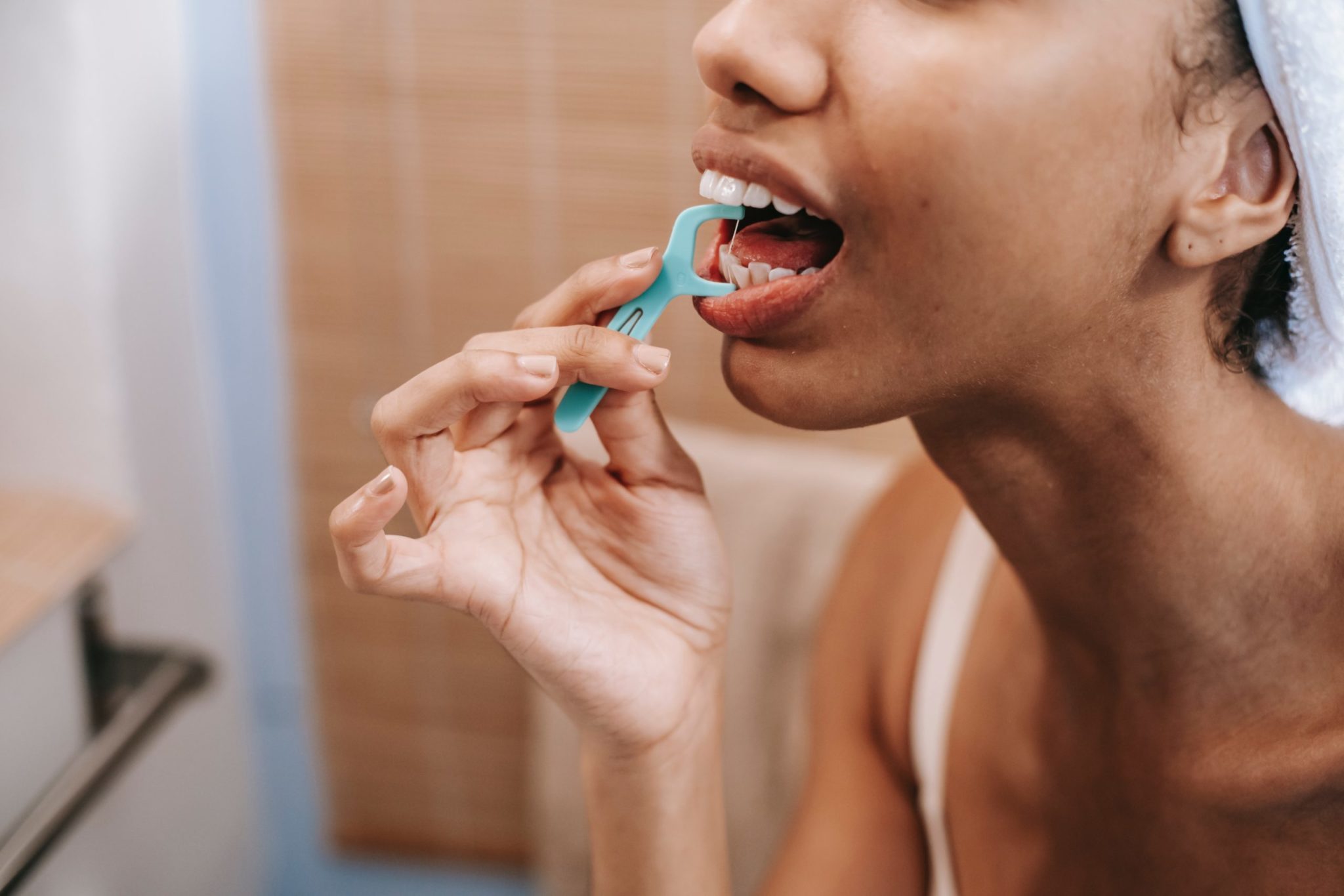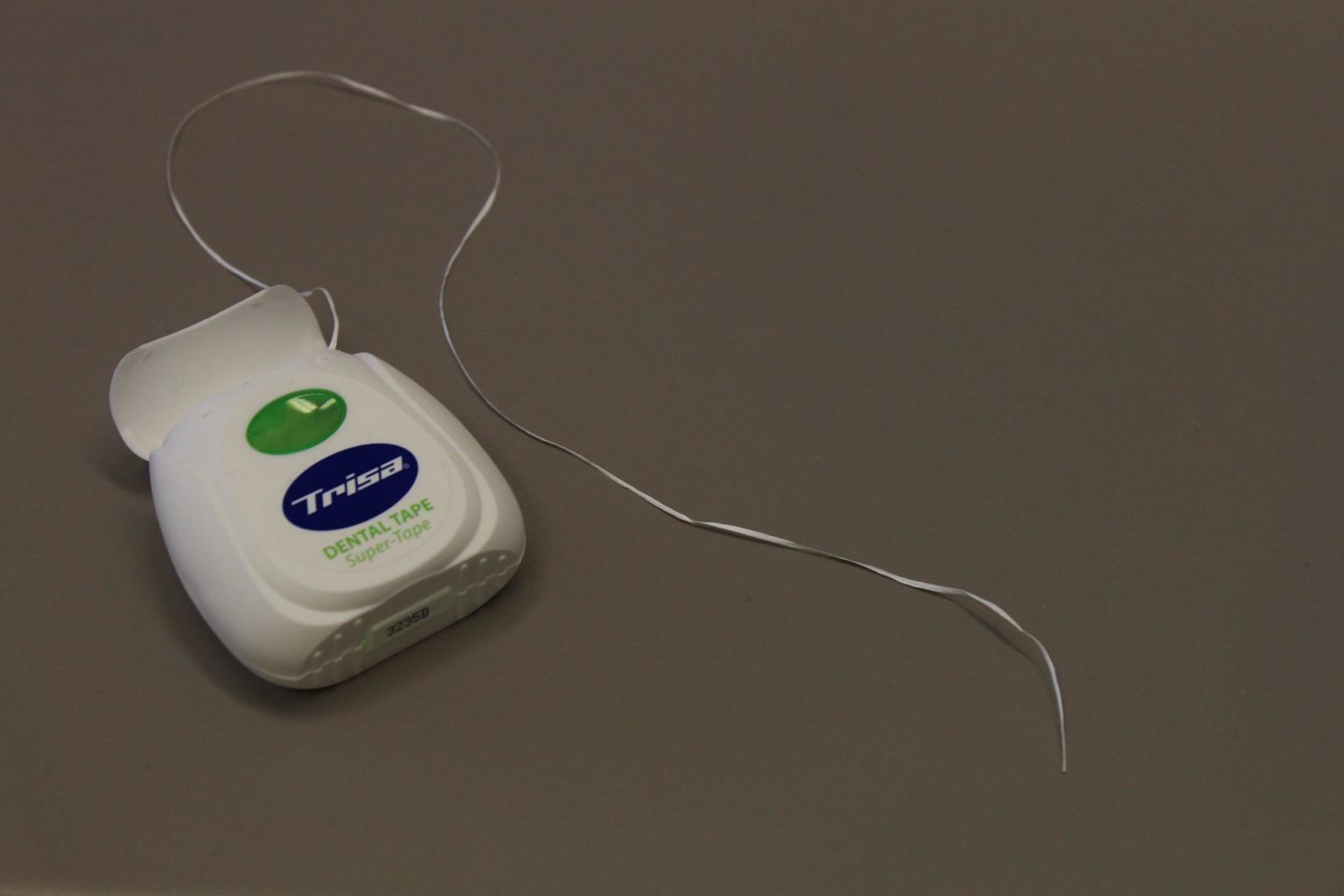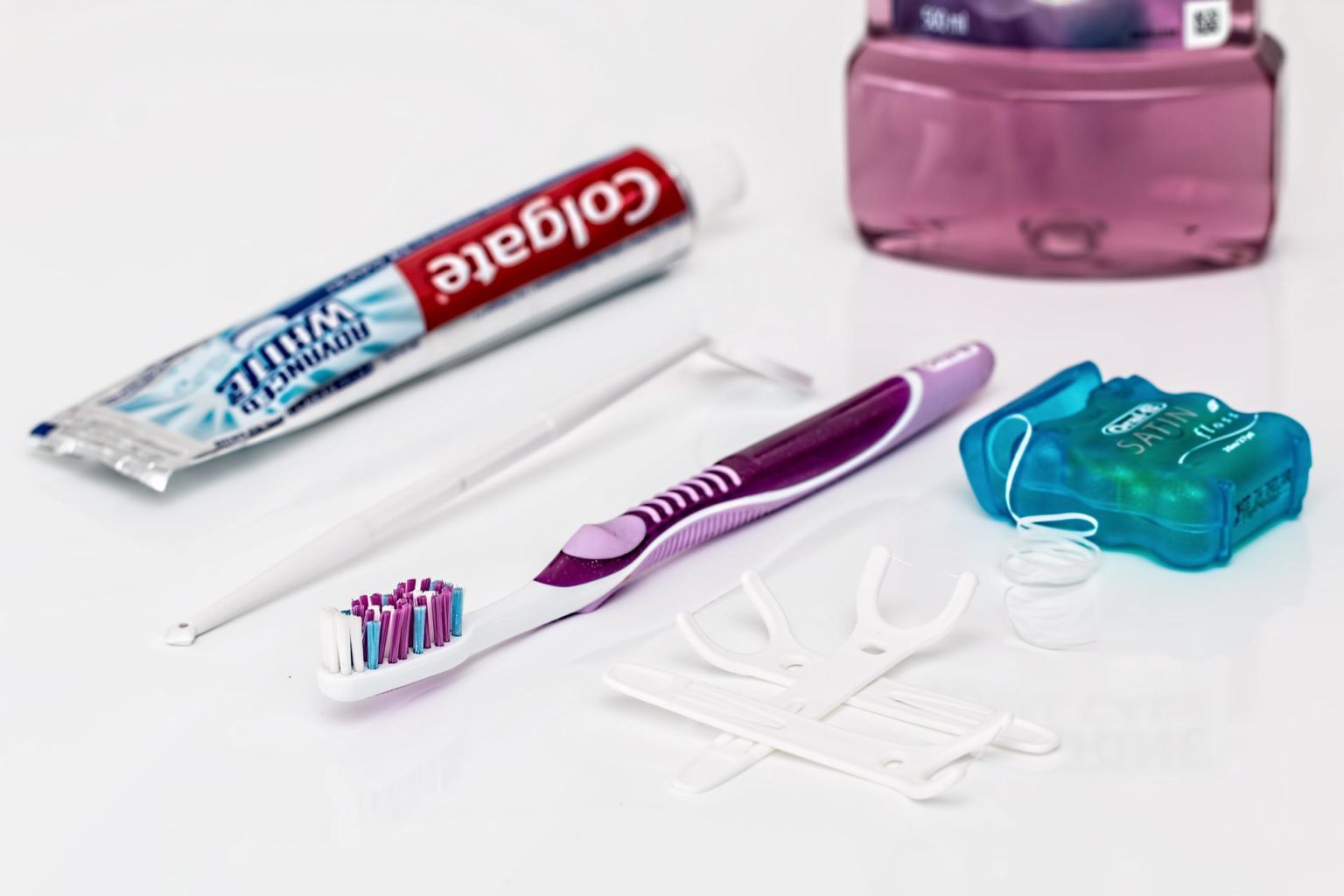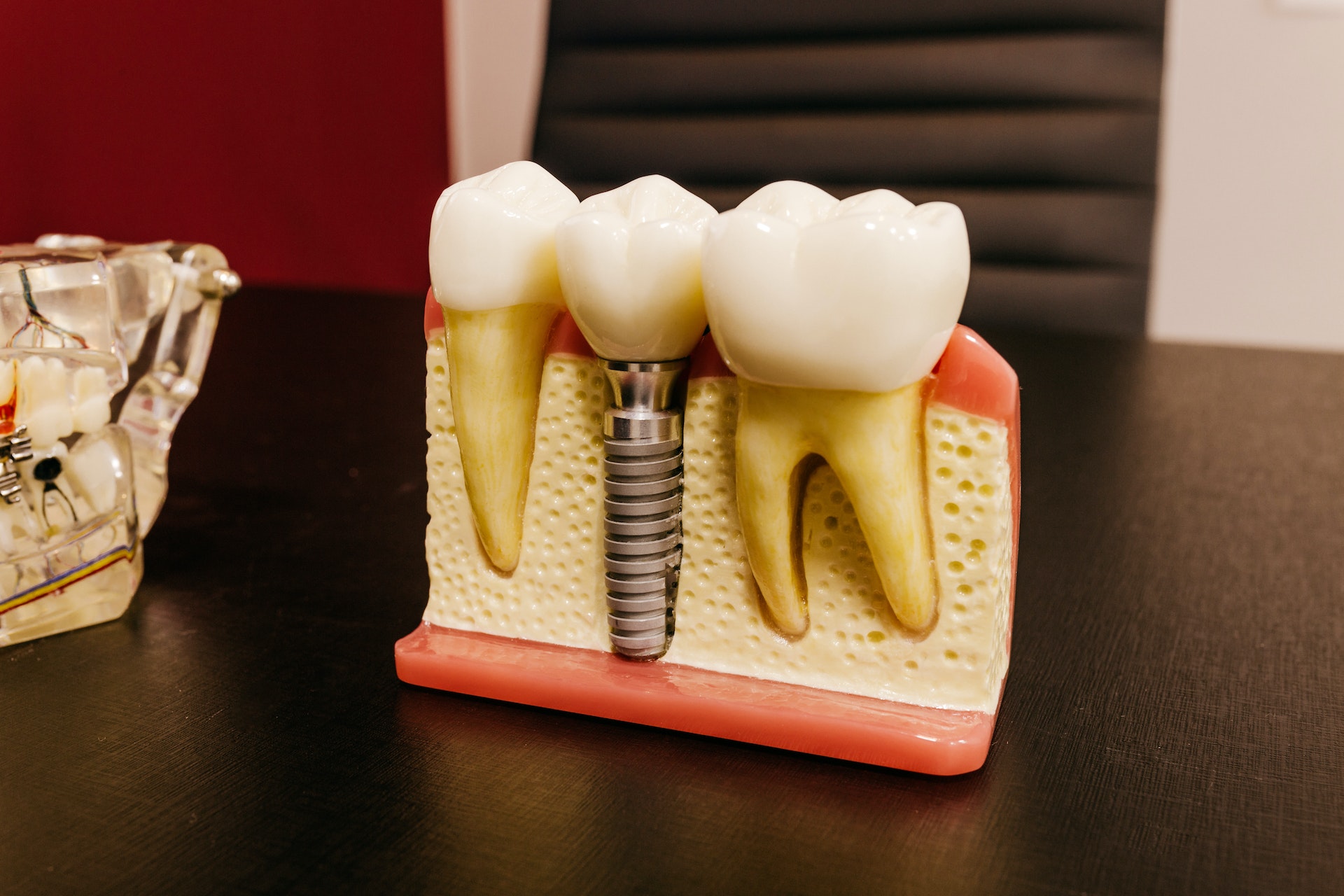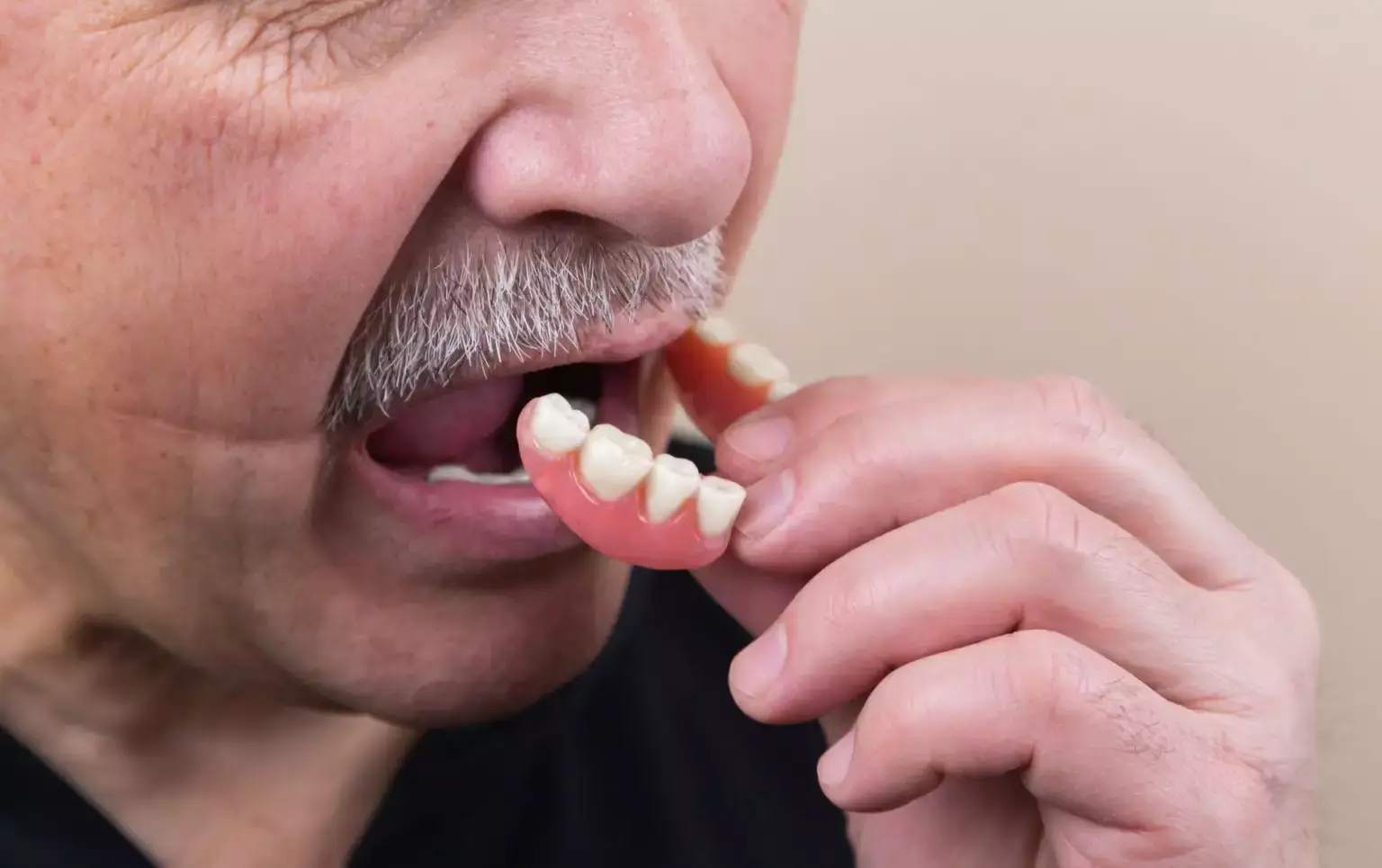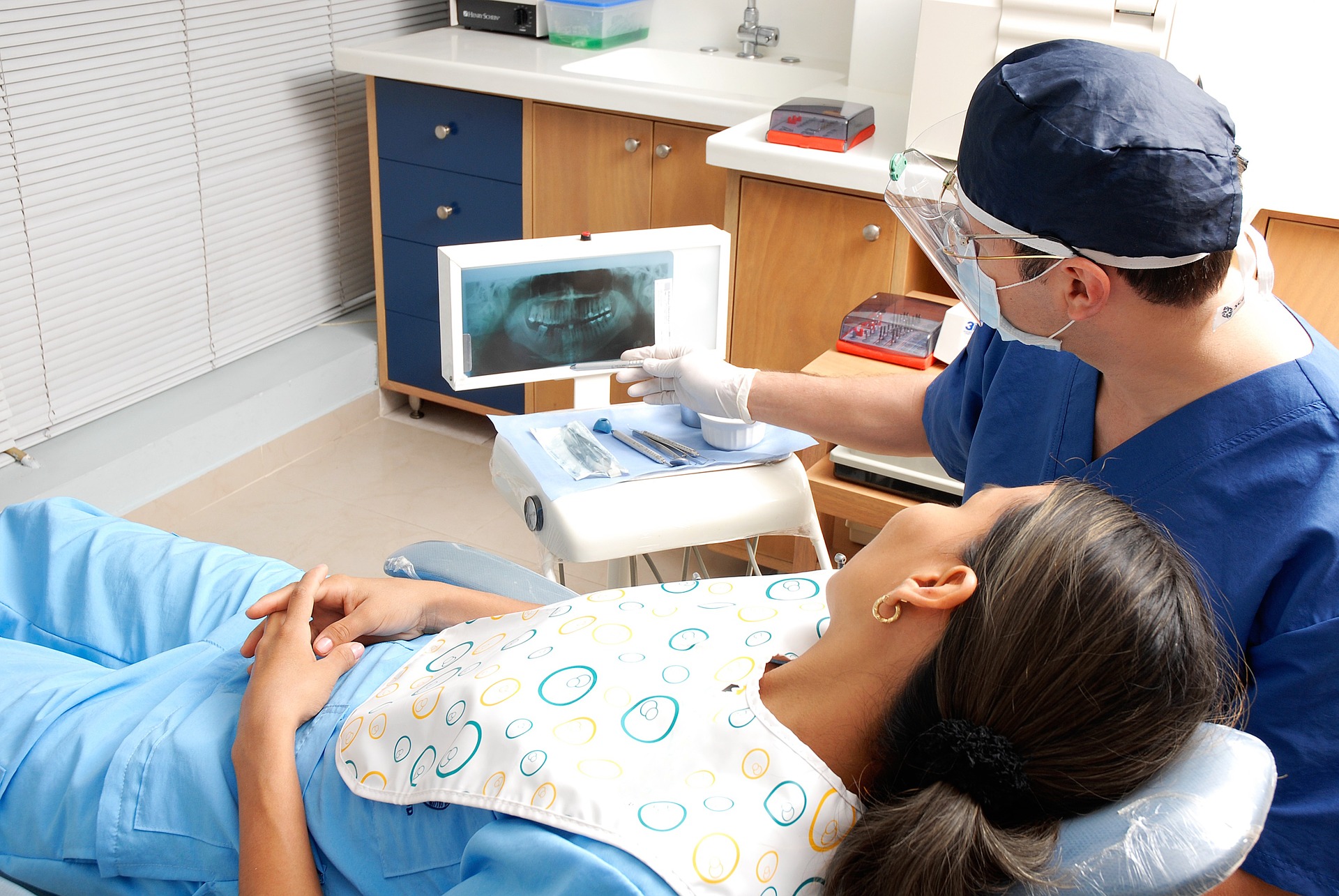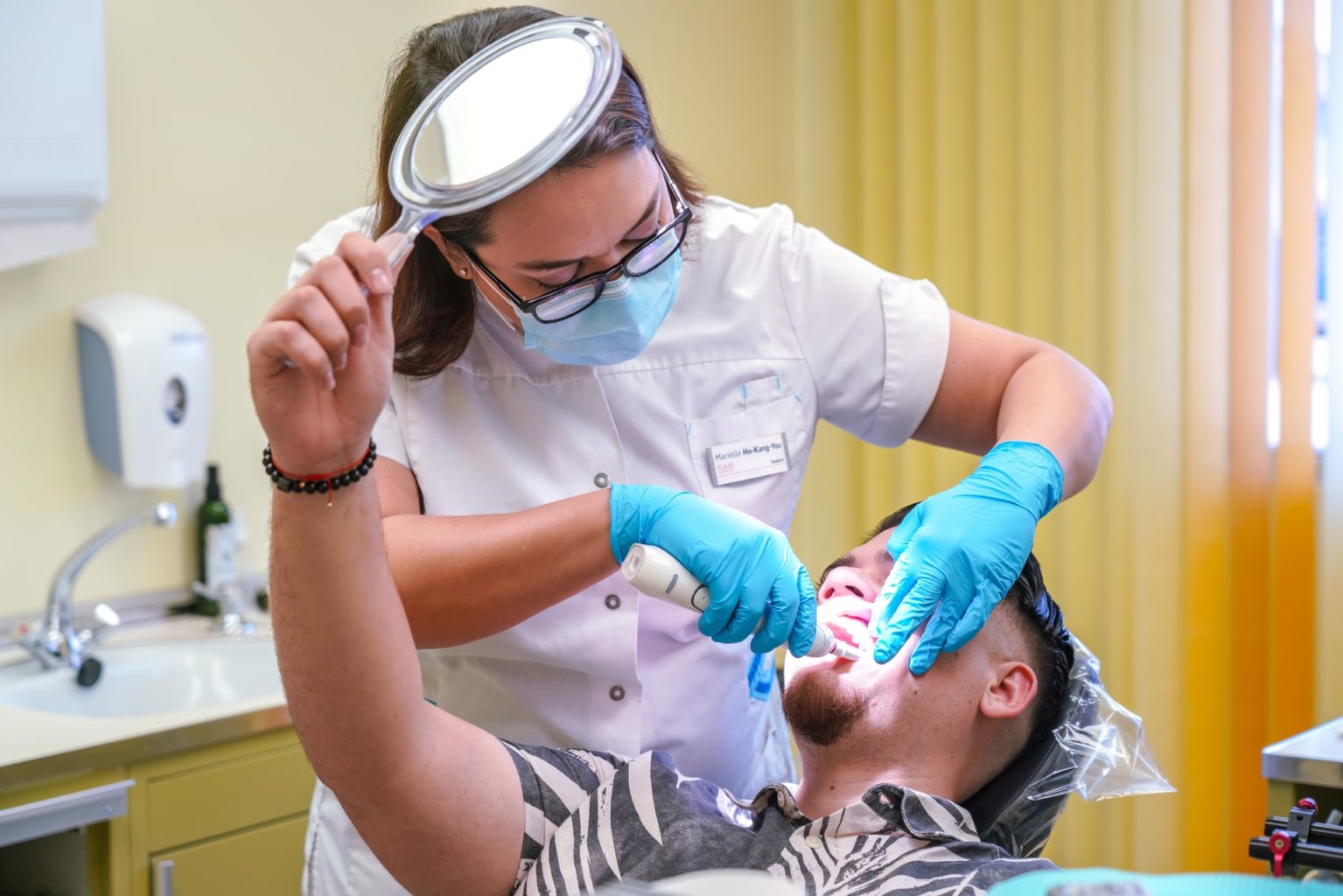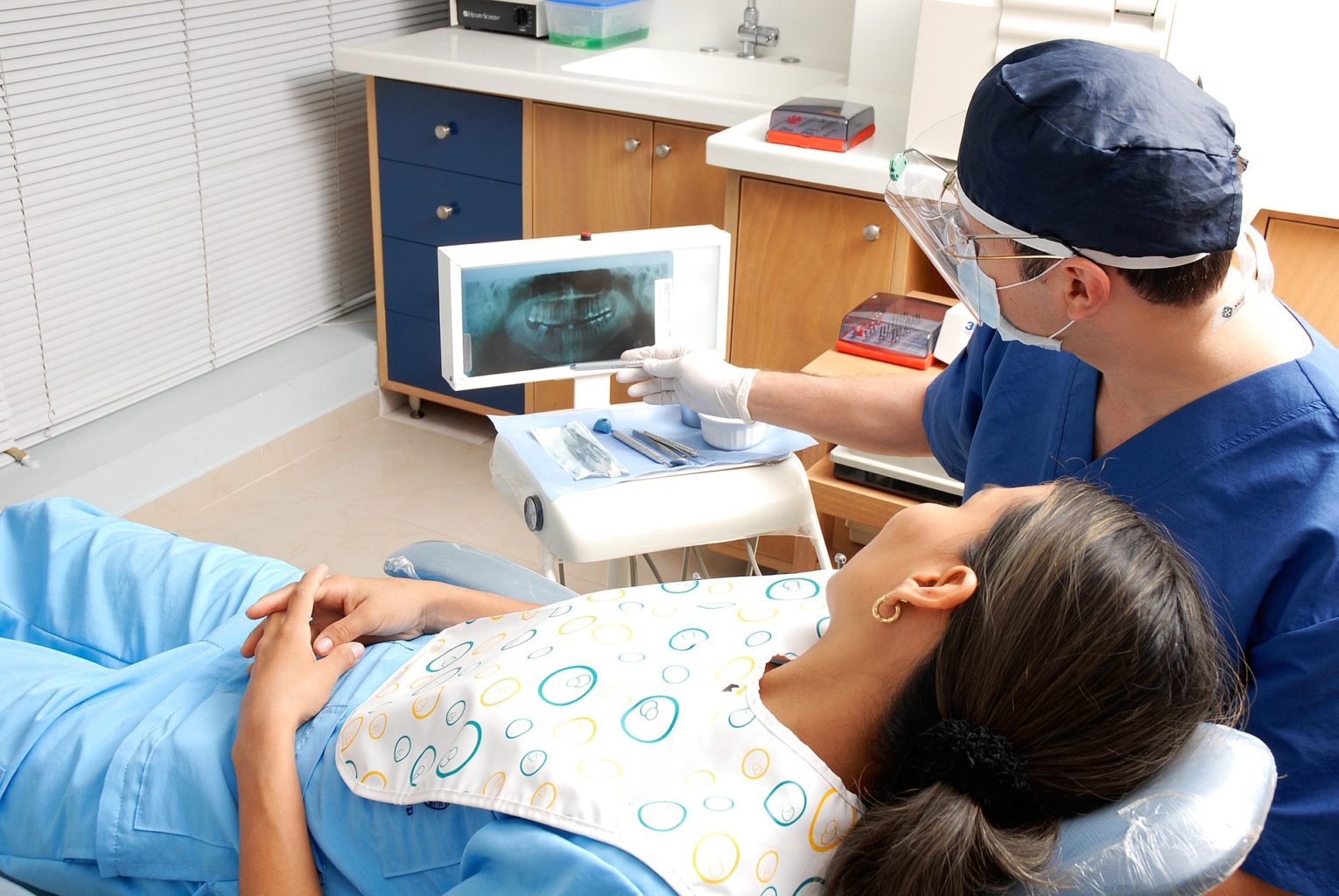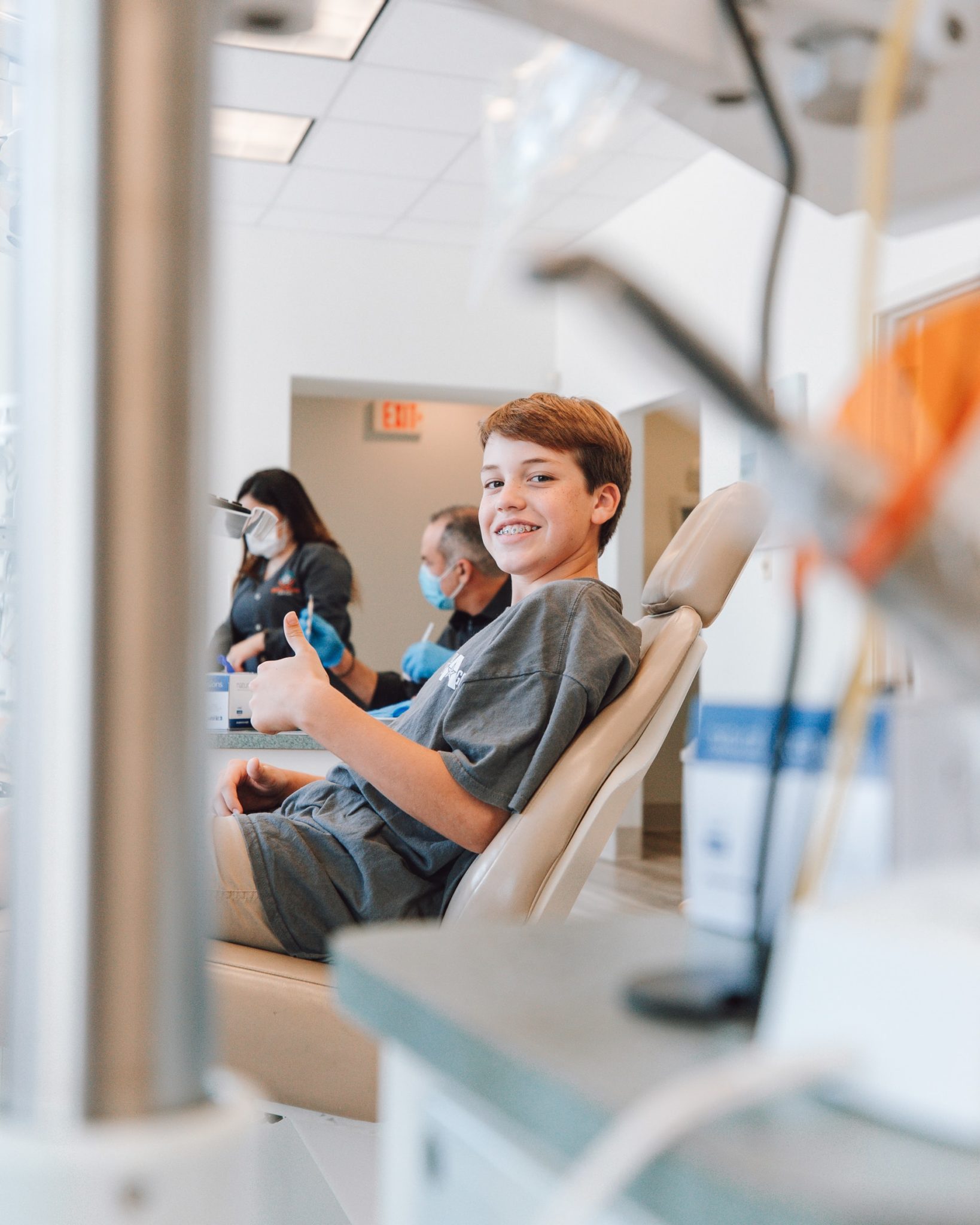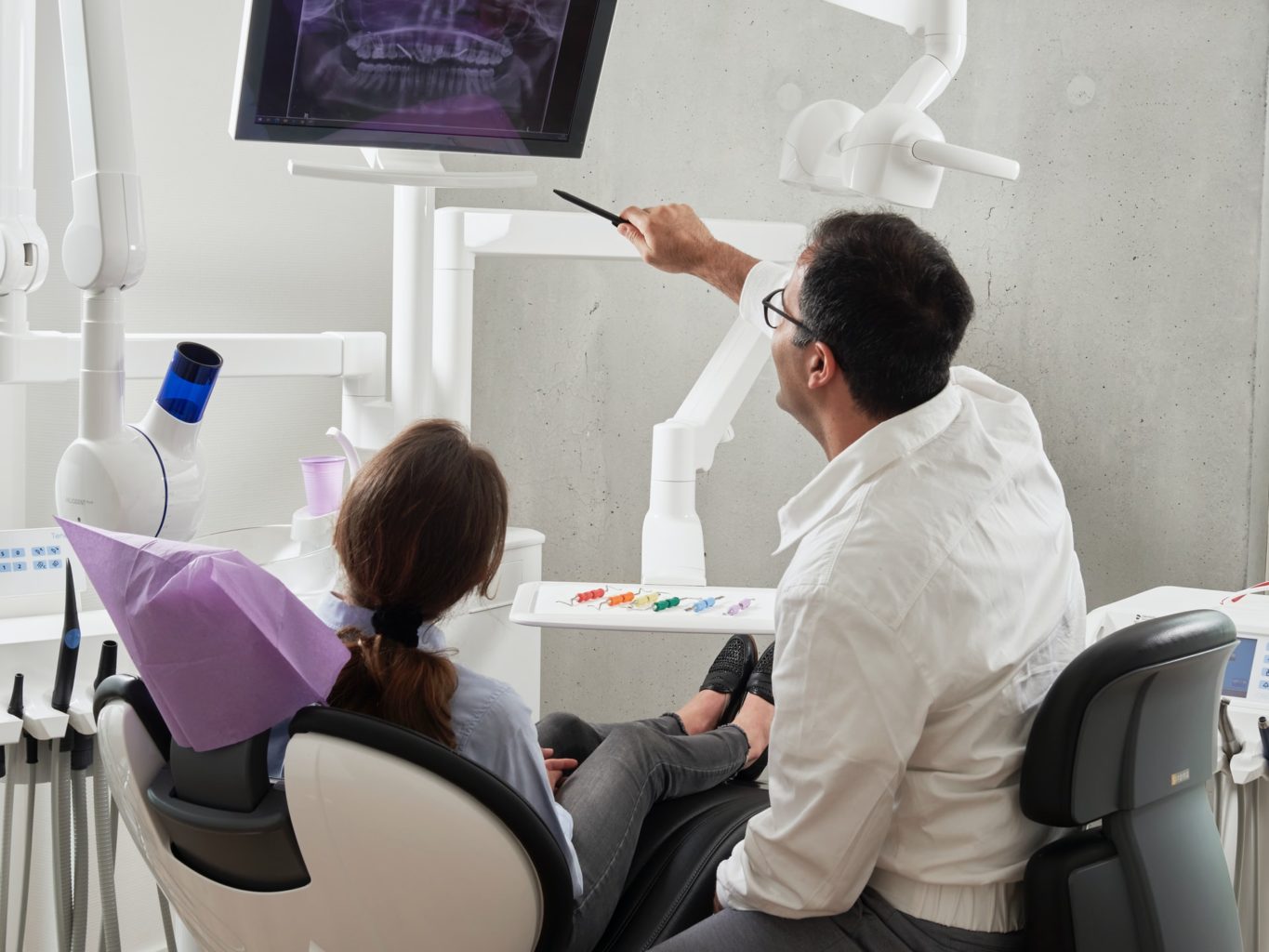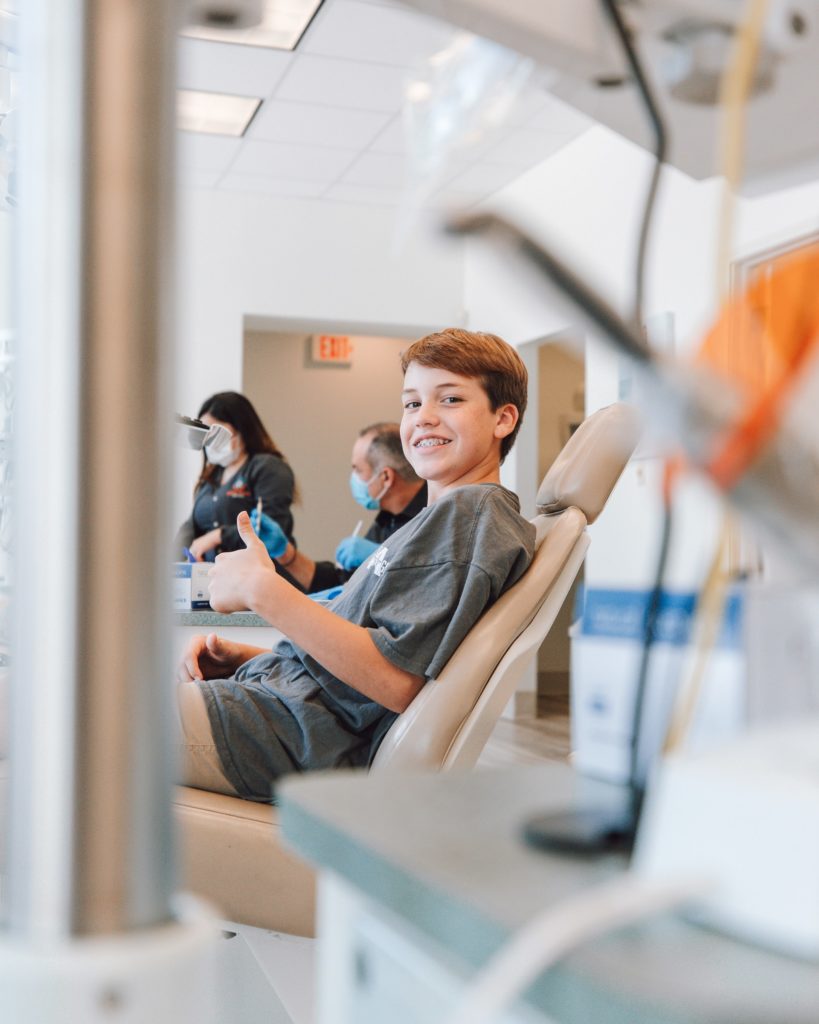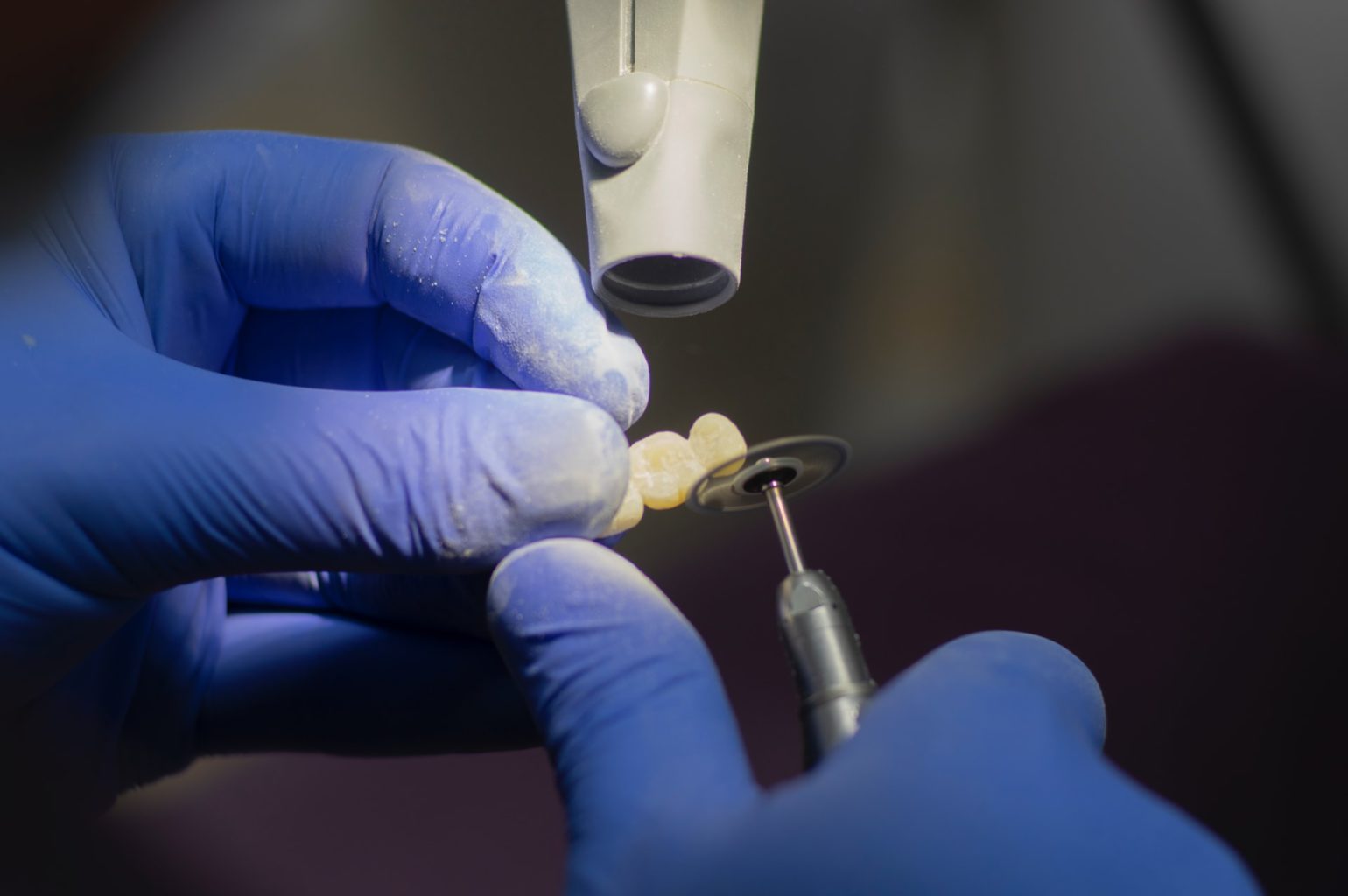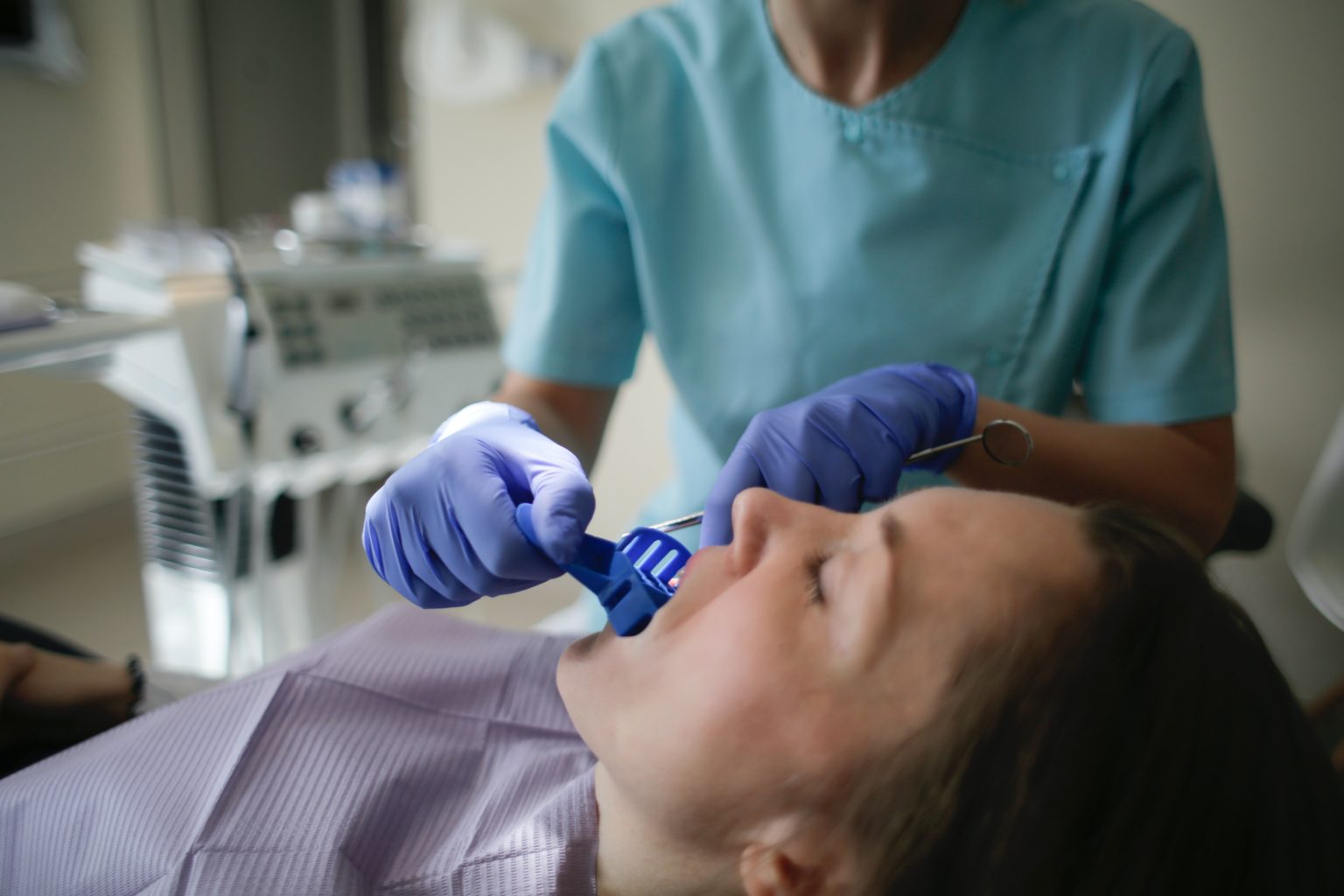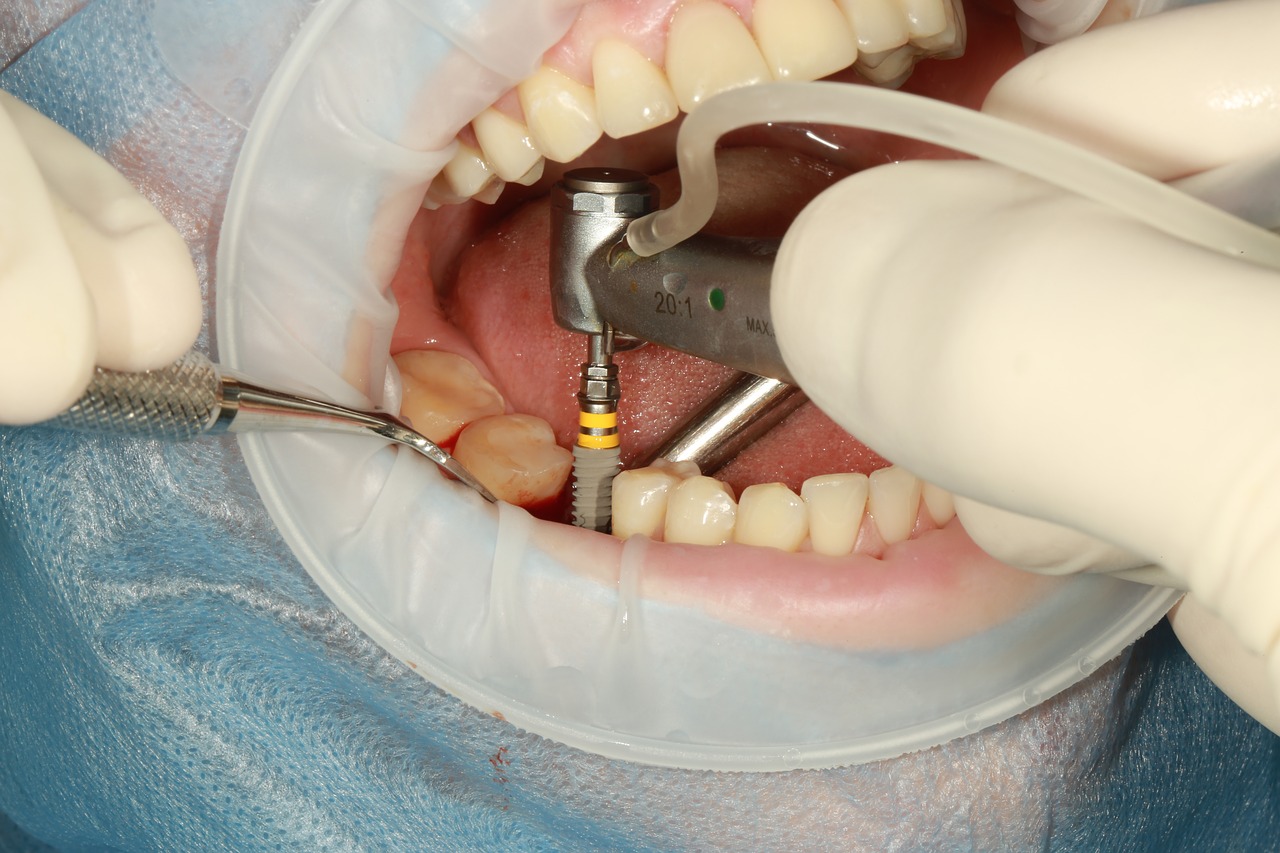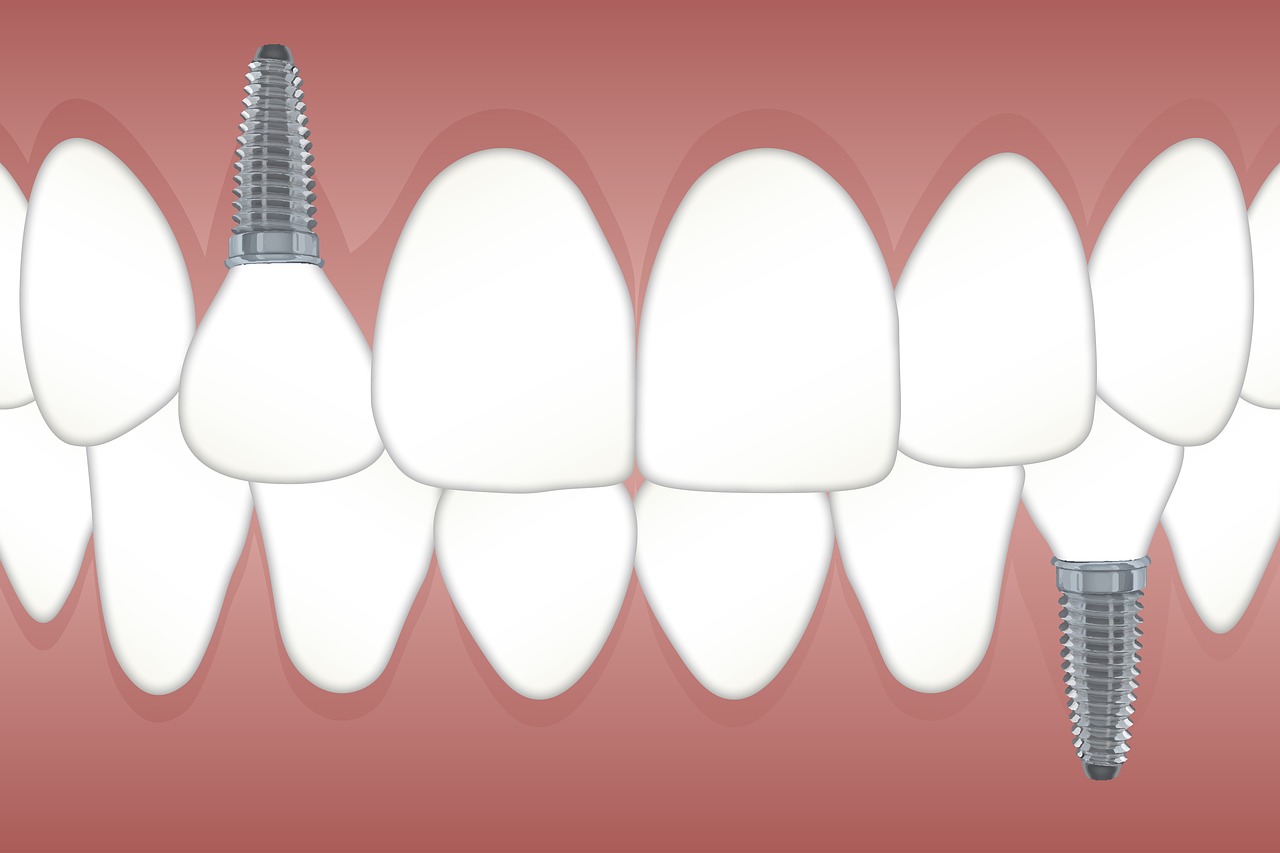If you have more than just a few teeth that require attention, full-mouth reconstruction may be your solution to a healthier, more attractive smile.
What Is Full–Mouth Reconstruction?
This type of reconstruction involves rebuilding, replacing, or improving the appearance of all of a patient’s teeth. A dental makeover works by combining restorative dentistry’s scientific qualities with aesthetics. The purpose of such a procedure is to improve your mouth’s beauty, function, and overall health.
Candidates for Full–Mouth Reconstruction
You are an excellent candidate for this type of makeover if improving both the aesthetics and the function of your teeth is important.
For instance, you might benefit from reconstruction if you are missing several teeth. Likewise, you can take advantage of this if your fillings are failing in several teeth or if several teeth are showing signs of decay. You’re also an excellent candidate for this type of reconstruction if you have broken teeth or need extensive restoration due to another health condition.
Full–Mouth Reconstruction Treatment Options
A dental makeover can take many forms. It’s important to discuss your options with a qualified cosmetic dentist to determine the plan that best fits your needs.
Dental Implants
Dental implants are artificial tooth roots used to replace teeth that are missing. Implants are effective in that they heal into the jawbone over the span of several months without compromising the teeth surrounding them. They also enhance your teeth’s function, allowing you to chew and eat just as you would with natural teeth.
You can use an implant to replace a single tooth, or you can use several implants to support implant dentures if you are missing all of your teeth.
Teeth Whitening
As you age, your teeth naturally become yellower and duller. If you smoke or consume soda and coffee frequently, this may speed up your yellowing or staining process. To fully restore your teeth’s white color, consider undergoing a whitening treatment.
This procedure can be performed in the dental office in less than an hour. You can also take advantage of professional-strength whitening options that are designed to be used at home. Either option can be helpful for restoring your teeth.
Veneers
Veneers are also an effective and popular full-mouth reconstruction option. By placing these thin porcelain shells directly onto your natural teeth, you can conceal imperfections as well as chips and cracks.
Veneers provide the uniform color you need to sport a healthier and younger-looking smile without drastically alternating the tooth structure underneath them.
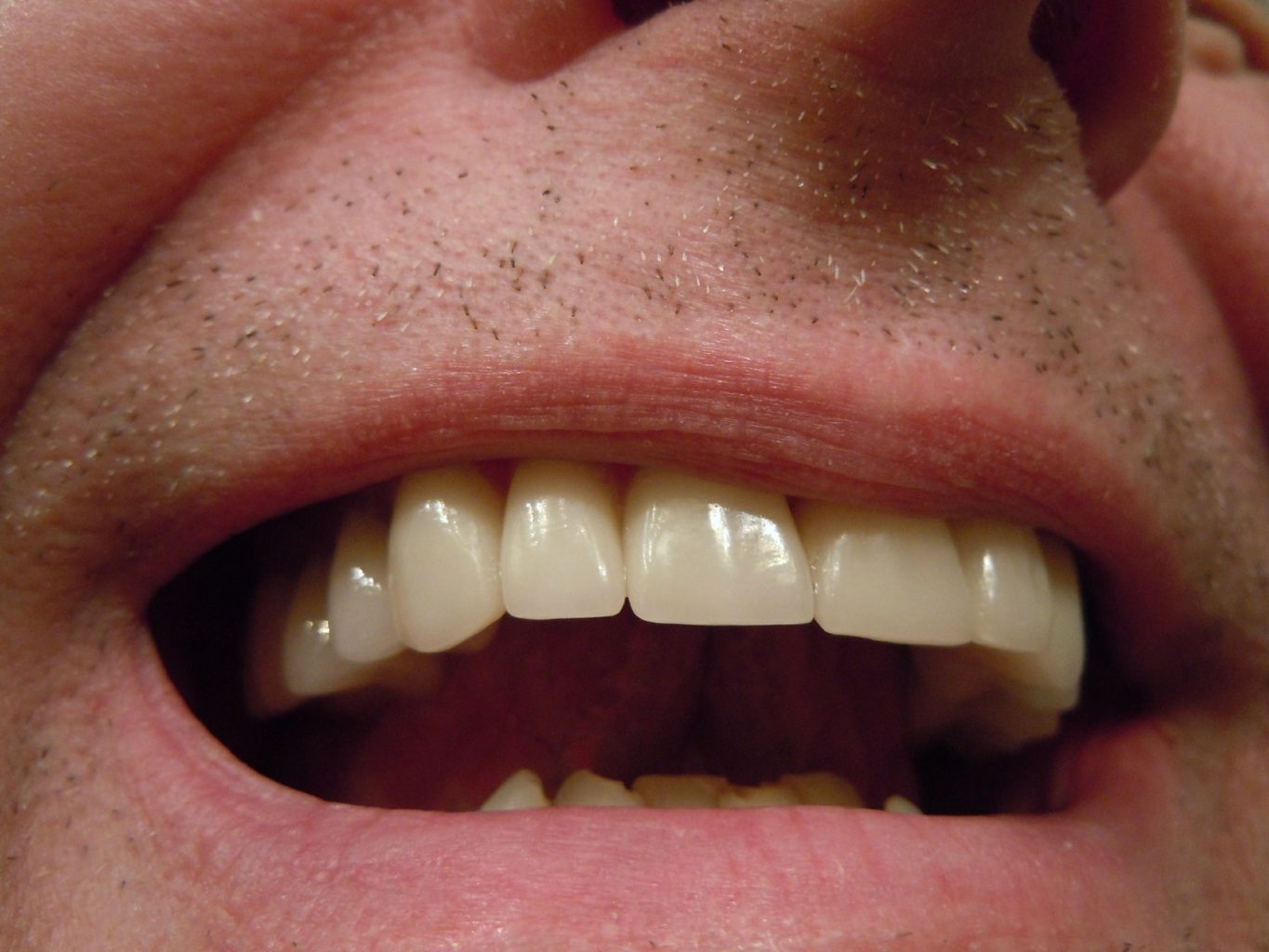
Dental Bonding
This dental makeover option involves applying a composite resin that mimics your natural tooth color to any tooth with an imperfection. During this procedure, your dentist will shape and polish the resin. Then, the dentist will apply a light designed to harden the material and bond it to your tooth.
Dental bonding is an excellent option for correcting minor dental problems ranging from cracked or chipped teeth to gapped teeth, teeth that are irregularly shaped, or receding gums.
Dental Crowns and Bridges
Tooth-shaped caps known as crowns are components of a dental bridge, a type of restoration used to replace a single tooth or multiple teeth. The teeth on both sides of the tooth you’re replacing have to be prepared to receive the crowns.
Crowns and bridges are excellent full-mouth reconstruction treatment options due to their cosmetic and restorative functions. They can immediately improve your smile while also making it easier to chew food. Crowns are frequently applied to the molar teeth, although they can also be used to replace front teeth.
Consider undergoing a crown or bridge procedure if you have chipped your tooth. Your dentist may also recommend either of these options if you have recently undergone root canal treatment, if your tooth contains a sizable filling, or if your tooth is significantly decayed.

Dentures and Partials
These dental makeover treatments are recommended for replacing entire arches of teeth that are missing. A partial may be all you need if you still have the majority of your natural teeth. Meanwhile, a custom-fit full denture is recommended if most or all of your teeth are missing.
Orthodontic Treatment
Finally, consider orthodontic treatment if you would like to straighten your teeth. This full-mouth reconstruction option is particularly convenient if you use clear aligners, like those from SureSmile. The aligners will easily fit over your teeth and move them gradually into the right position.
Take Advantage of Full–Mouth Reconstruction with Definitive Dental Today
Definitive Dental takes your smile to new heights with full-mouth reconstruction and other restorative and cosmetic dental procedures. With consistent five-star reviews in the Dallas-Fort Worth area, we deliver dentistry done right. We’ve earned our excellent reputation by genuinely listening to our patients and offering our range of treatments to help them to maximize their health.
We especially pride ourselves on our Profound Numbing assurance, where we guarantee that you will experience pain-free treatment every time. If you ever begin to feel pain during your procedure, we will stop and immediately apply more anesthetic.
Schedule an appointment by calling or texting the office at (972) 646-0660. Alternatively, you can reach out via our contact form. We usually call back within a few hours.
Make an appointment today with us to discuss all of your makeover options and enjoy your smile for years to come.


